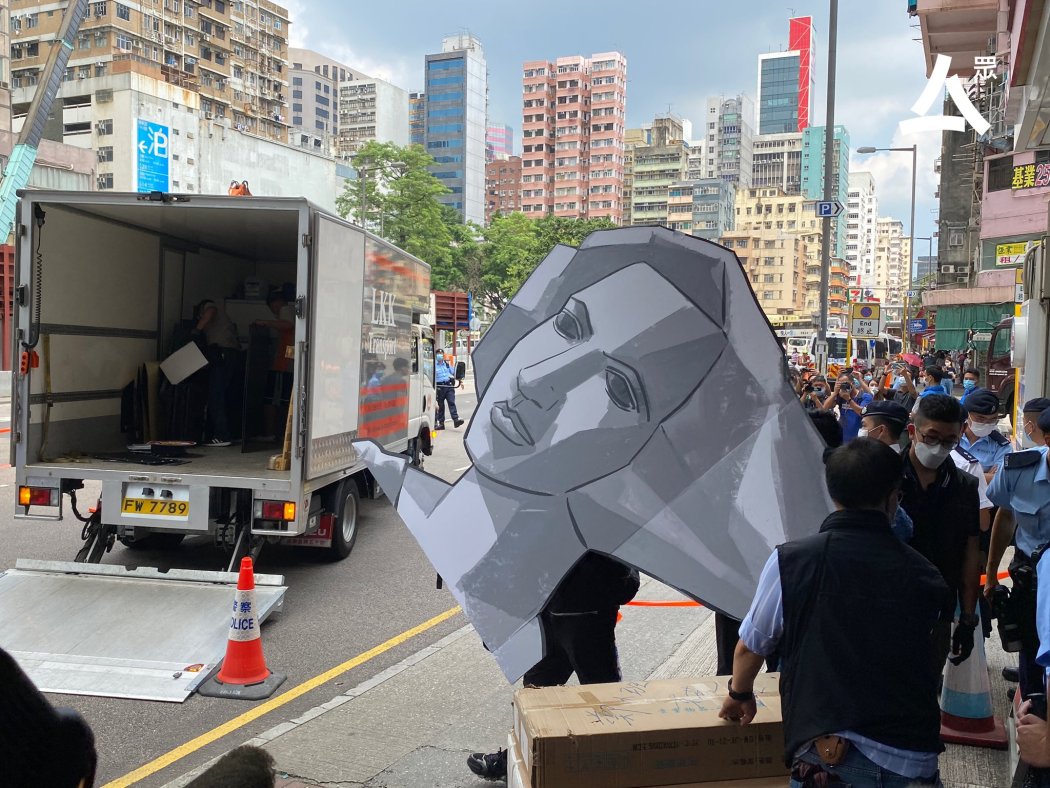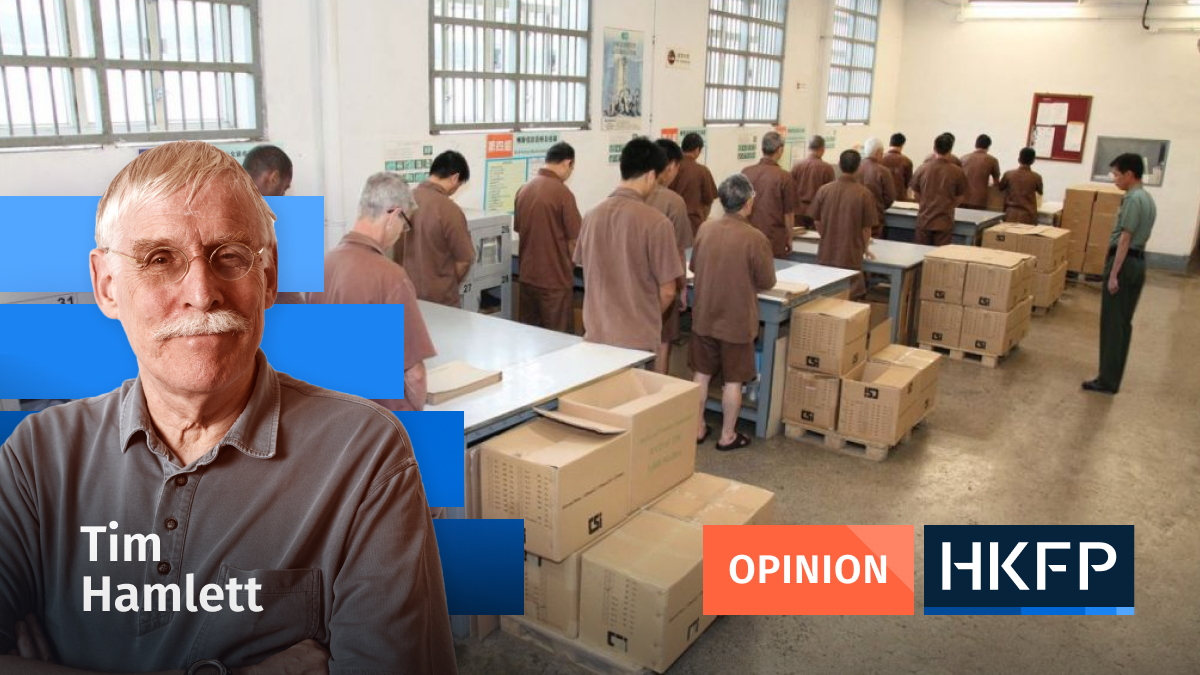This week, I walked past the memorial at the University of Hong Kong to those who lost their lives in the June 4, 1989, incident in Beijing, Jens Galschiøt’s Pillar of Shame.
University authorities have ordered its removal by next Wednesday, despite it being in an area that was once reserved for HKU Student Union activities.

The Pillar of Shame, gifted to the now defunct Alliance in Support of Patriotic Democratic Movements of China in 1997, initially stood in Victoria Park. The statue symbolised the disappointment and dismay of many Hongkongers at what had happened in Beijing. I well remember the struggle when members of the HKUSU and others, in the middle of the night, brought the statue on to campus.
University authorities used HKU security guards to block entry to the truck carrying the statue. Eventually the guards were overwhelmed and the statue entered the campus via the university’s back gate on Kotewall Road.
Ever since then, the University has provided a home for the statue. Tourists especially from the mainland were amazed that such a memorial stood on Chinese soil. It was much photographed.
When the police took down the Alliance, confiscated the exhibits in its June 4 Museum, and denied Hongkongers online access to the museum, authorities explained that the June 4 incident was an attempted “counterrevolutionary coup.” This is the official line from the central government.

There has never been an official inquiry into the June 4, 1989 incident that is publicly available. The Hong Kong security apparatus and the police are government departments and must toe the party line – I understand that. But the University of Hong Kong is not.
Universities in Hong Kong are falling over themselves to declare that politics has no place on campus. Yet politics is all around every campus, university, and school. It is the politics of support for the government and the Chinese constitutional order (that is, the Chinese Communist Party). There is certainly nothing wrong with teaching Chinese history and building pride in the nation. This is done in families, in schools and universities, and in our everyday experience. Universities should be part of this process, too.

Universities in Hong Kong are not government departments. Although they are publicly supported, a long-established process confers relative autonomy which we must cherish. Only autonomous institutions can speak truth to power, which is necessary for society to progress.
The presence of the artwork on the HKU campus symbolises the university’s autonomy. It reminds us that civil society, of which HKU is a part, is free to come to its own conclusions about June 4, 1989. On this issue we are not yet part of what Louisa Lim calls the People’s Republic of Amnesia.
The Hong Kong University Student Union and HKU alumni have cared for and protected the Pillar of Shame. The University may feel emboldened now because it has shut down the HKUSU, driven it off campus, and watched while authorities charged its leaders with inciting terrorism and jailed them. This is a serious offence under the National Security Law.
The HKU authorities claim to have assessed the risk of the statue remaining on campus. There is nothing wrong with risk management, done properly. They should be aware that removing the statue is a political act which would symbolise a loss of autonomy for HKU and carry a high risk. HKU without the Pillar of Shame telegraphs to students and staff, alumni, and the rest of Hong Kong, China, and the world, that the university does not value its relative autonomy. Removing the statue risks damaging the university’s reputation as a place where critical inquiry is welcome.

There is another statue on the campus, that of Sun Yat-sen, a revolutionary, patriot, leader and visionary and an HKU alumnus. Sun came to Hong Kong precisely because it was relatively more open to the outside world than was the mainland. Hong Kong still is, and we must cherish this. Maintaining the Pillar of Shame on the HKU campus symbolises openness to critical inquiry, the essence of a university. HKU, do the right thing.
Support HKFP | Policies & Ethics | Error/typo? | Contact Us | Newsletter | Transparency & Annual Report | Apps
| HKFP is an impartial platform & does not necessarily share the views of opinion writers or advertisers. HKFP presents a diversity of views & regularly invites figures across the political spectrum to write for us. Press freedom is guaranteed under the Basic Law, security law, Bill of Rights and Chinese constitution. Opinion pieces aim to point out errors or defects in the government, law or policies, or aim to suggest ideas or alterations via legal means without an intention of hatred, discontent or hostility against the authorities or other communities. |
Help safeguard press freedom & keep HKFP free for all readers by supporting our team

More HKFP OPINION:
HKFP has an impartial stance, transparent funding, and balanced coverage guided by an Ethics Code and Corrections Policy.
Support press freedom & help us surpass 1,000 monthly Patrons: 100% independent, governed by an ethics code & not-for-profit.












